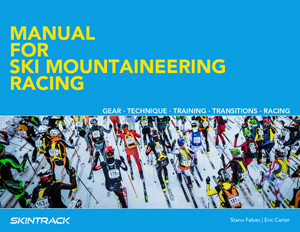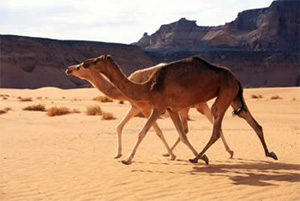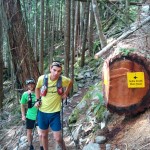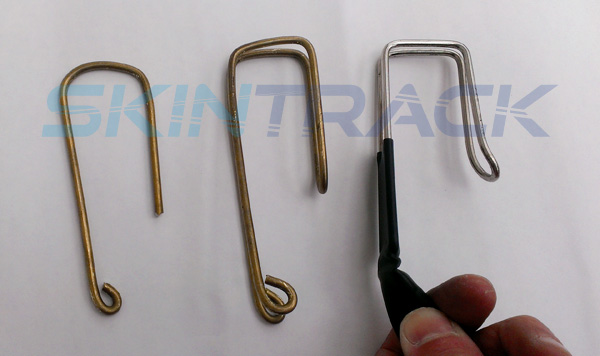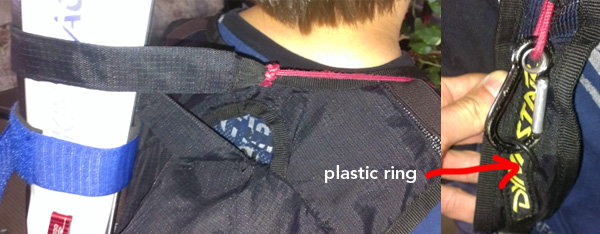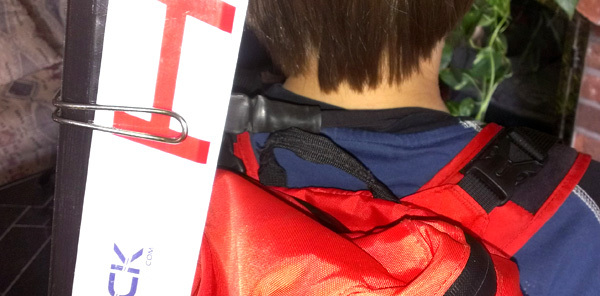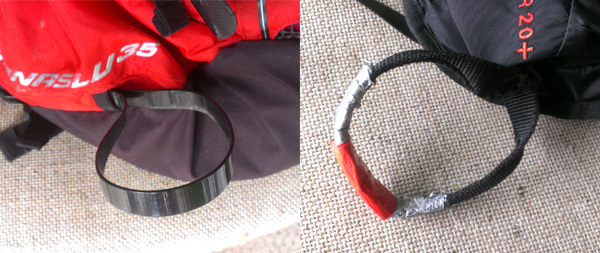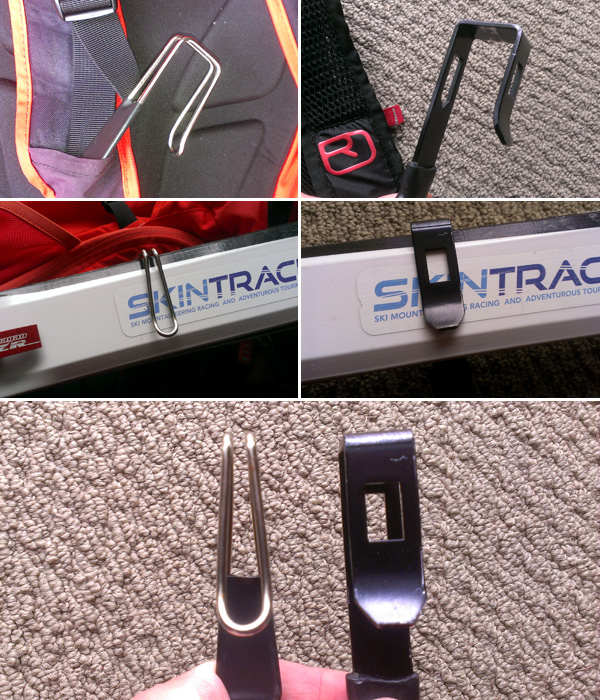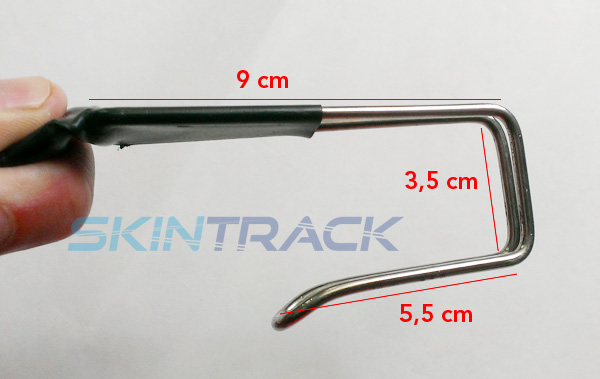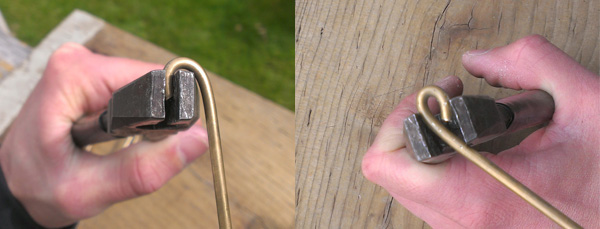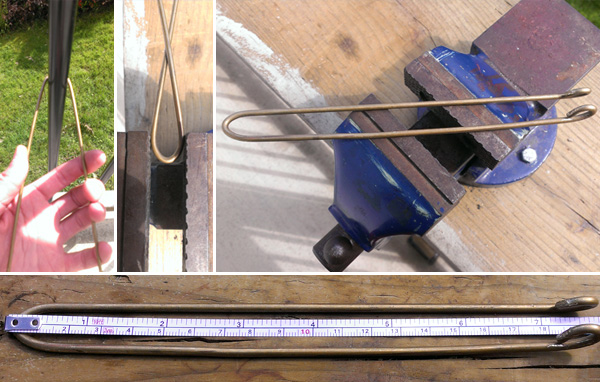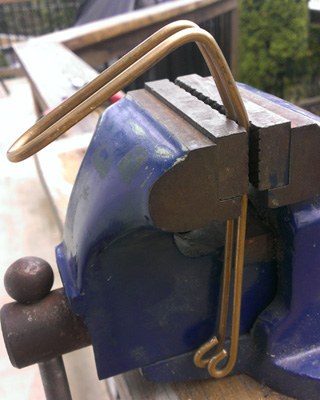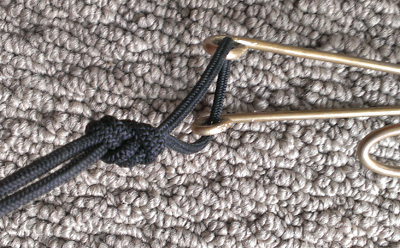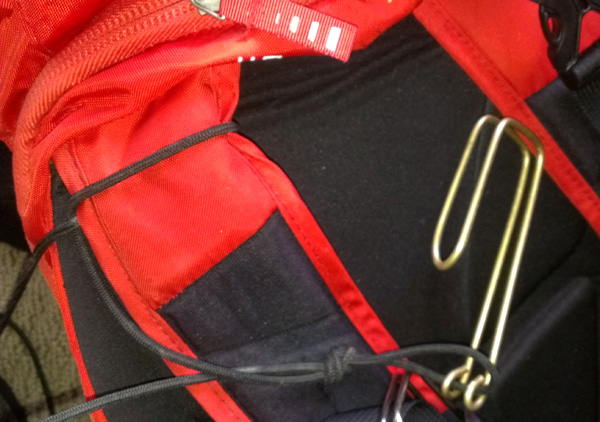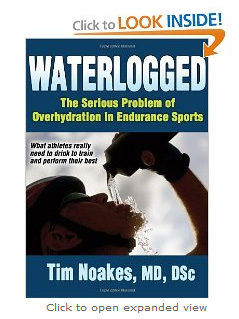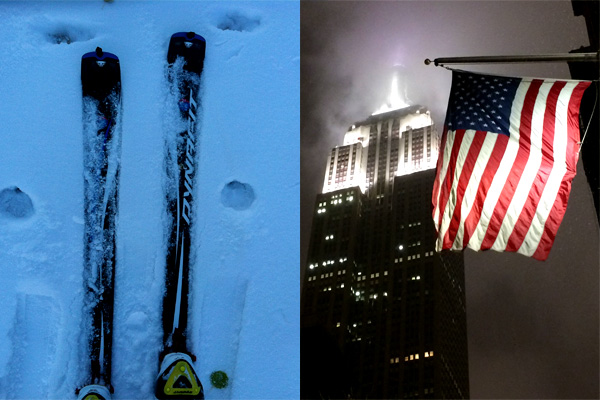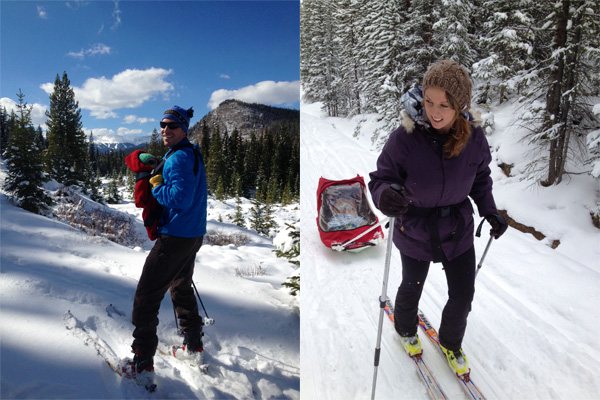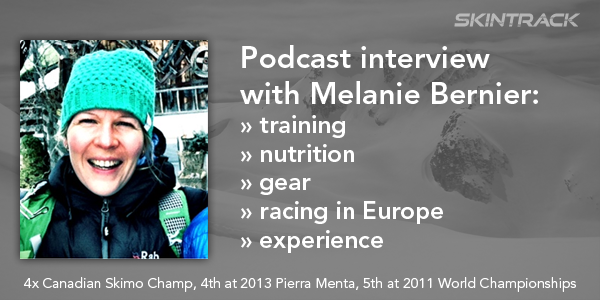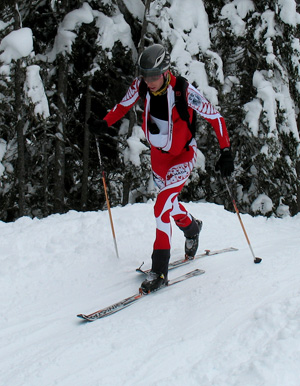The idea of this series is to highlight a local skimo training zones. Not the big, rad lines in the backcountry that you go to for huge missions, but the day in, day out, reliable training spots. It could be on piste or backcountry but it’s where you go to crank out intervals or hone your descending.
For our first in the series, we have my local training spot: Diamond Head Trail in Garibaldi Provincial Park outside of Squamish.
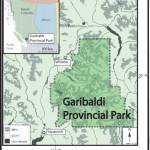
Where is it?
Garibaldi Park spans a big chunk of the Coast Mountains between Squamish and Pemberton. Near the southern end, it is accessed via the Diamond Head Trail.
What makes it special?
The Diamond Head Trail/Red Heather area gets some of the biggest snowfall in the region. That also means in North America.
The big old cedar trees, that line the ten feet wide trail, tower over you while you skin and heavy snow stacks high on the branches giving it a serious wintery feeling. By mid-winter, when enough snow has fallen, the switchbacking road can be short cut on the descent, through the trees for an excellent run back to the car. This trail is also the beginning of bigger adventures and provides access to the Elfin Lakes Cabin (20k round trip), Atwell Peak (the volcano that looms over Squamish) and the Garibaldi Neve Traverse (a beautiful high alpine traverse from Squamish to Whistler).
While I’ve spent lots of days skinning on the road, it has also been the start of some epic days in the alpine.
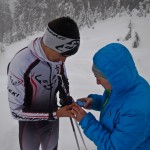
Where is the trailhead/parking?
Drive through Squamish (60km north of Vancouver, BC) and turn right off Highway 99 at Mamquam Road. Pass Quest University where the road turns to dirt. Turn left onto Garibaldi Park Road and be prepared to chain up. Parking is at the end of the road.
» Google Map directions.
What are the rules?
Chains may be required if the road has not been plowed recently or if there is ice. Winter tires don’t cut it and this is ranger enforced on busy weekends. If you get stuck because you didn’t put chains on, expect a hefty off-highway towing bill.
The trail is always open and is frequently quite busy on the weekends but quiet during the week. There is no significant avalanche danger below the Red Heather Cabin though it is the backcountry so dangers always exist.
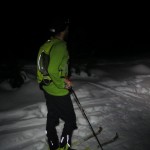
What is the local training group?
There are no organized training groups in Squamish but expect to meet a bunch of other skiers looking for quick access to the backcountry here. Check the Garibaldi Skimo Club on Facebook to connect with other light and fast inclined people on the Coast.
What workouts are best to do here?
The low angle road and usually well buffed surface makes it perfect for fast intervals. Doing 2x 10min of 30sec on, 30sec rest is great for lactate tolerance and technique development. Once you’ve finished your workout, there are nice north facing slopes off Round Mountain (also called Paul Ridge) that hold some great powder!
Stay tuned to SkinTrack and the Training Zone Series for more of the best training locations around North America and beyond! Got a zone you would like us to showcase? Leave us a comment below and we will get in touch!
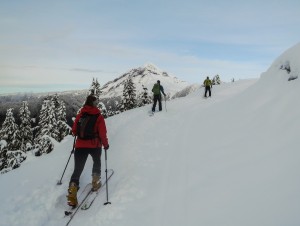
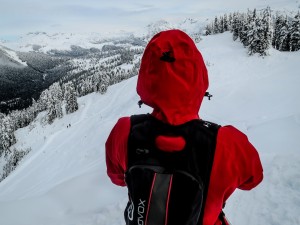


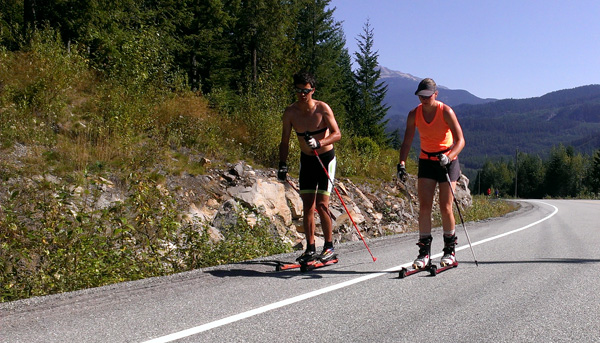
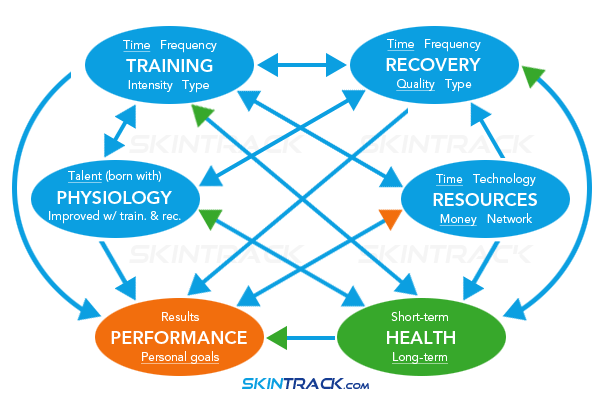
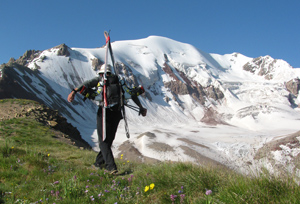 Spring arrives at different time in different years. Some of us finish the last race of the season in February or March and are ready to hang up the skis. Others, with sufficient snow or motivation, are able to push the ski season well into May or even beyond.
Spring arrives at different time in different years. Some of us finish the last race of the season in February or March and are ready to hang up the skis. Others, with sufficient snow or motivation, are able to push the ski season well into May or even beyond.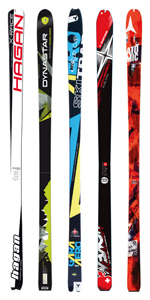
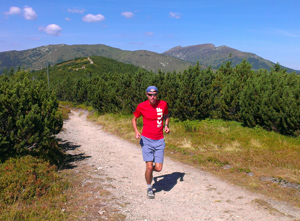 Most of us are runners or cyclists in the summer and it may be tempting on your first run or ride to try to hit the same volume as when you ended the previous summer.
Most of us are runners or cyclists in the summer and it may be tempting on your first run or ride to try to hit the same volume as when you ended the previous summer.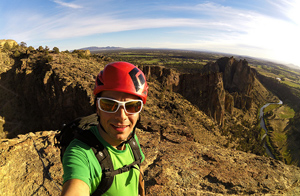 During downtime, we advise athletes to ‘move’ but don’t ‘train’. Fun, easy runs and rides are good if your body feels up to it but even better is to get out and enjoy nature in a different way for a little while – rock climb, paddle, or just hike. Once your mandatory two weeks have passed, consider a third based on how you feel.
During downtime, we advise athletes to ‘move’ but don’t ‘train’. Fun, easy runs and rides are good if your body feels up to it but even better is to get out and enjoy nature in a different way for a little while – rock climb, paddle, or just hike. Once your mandatory two weeks have passed, consider a third based on how you feel.